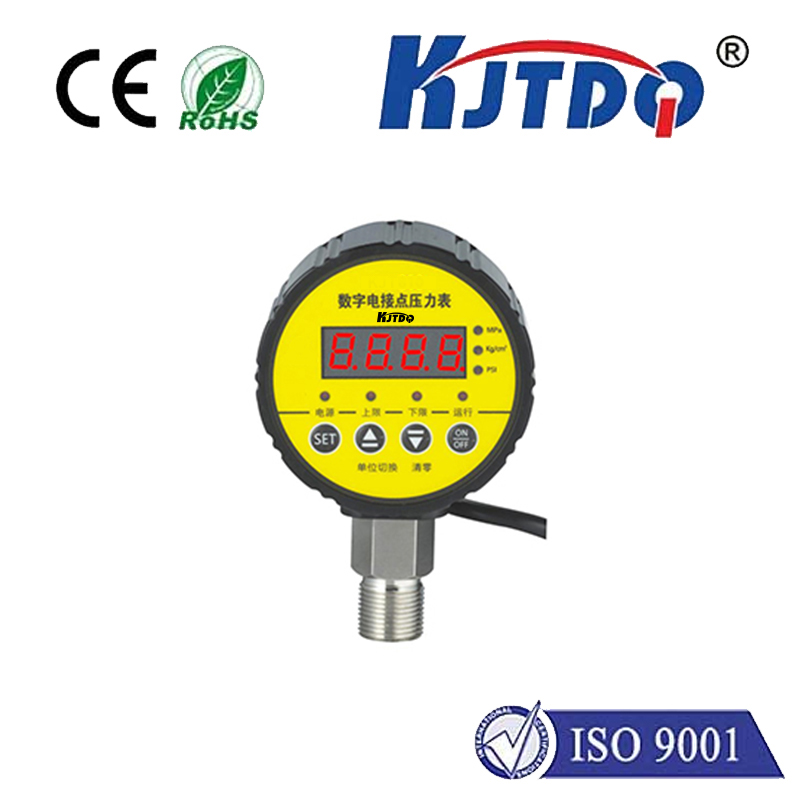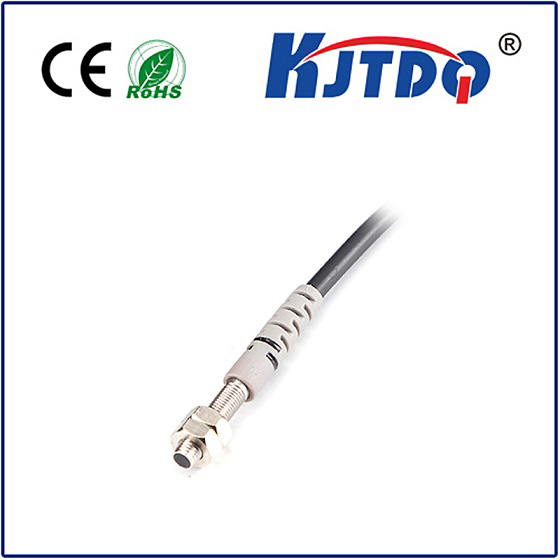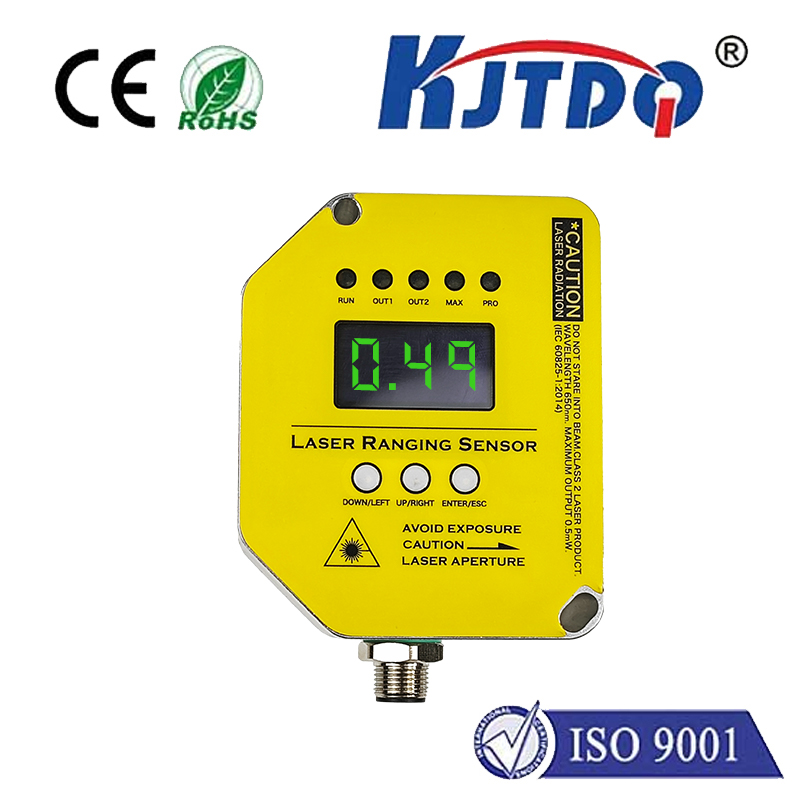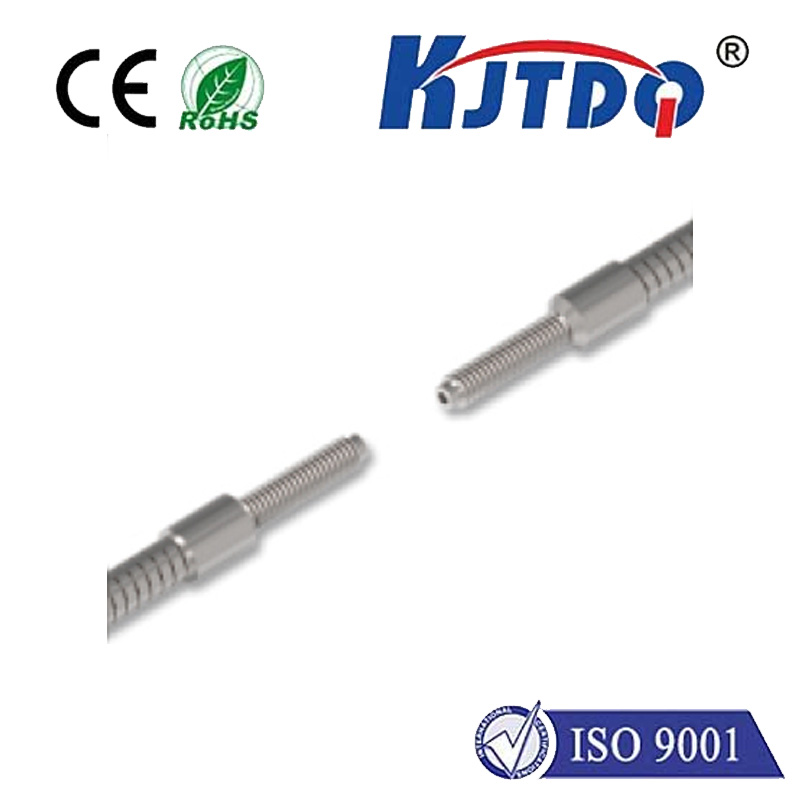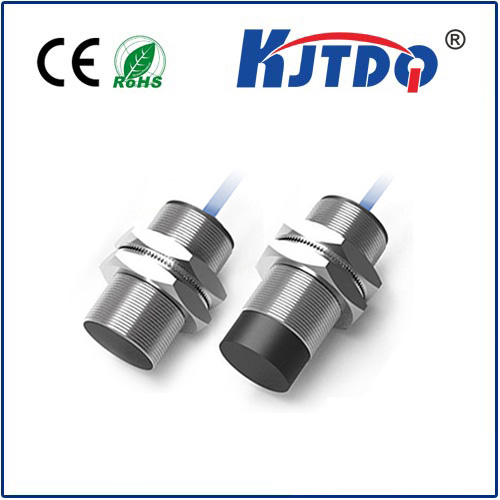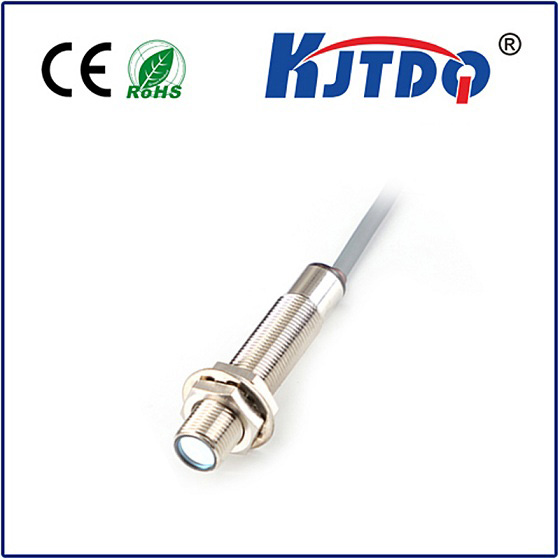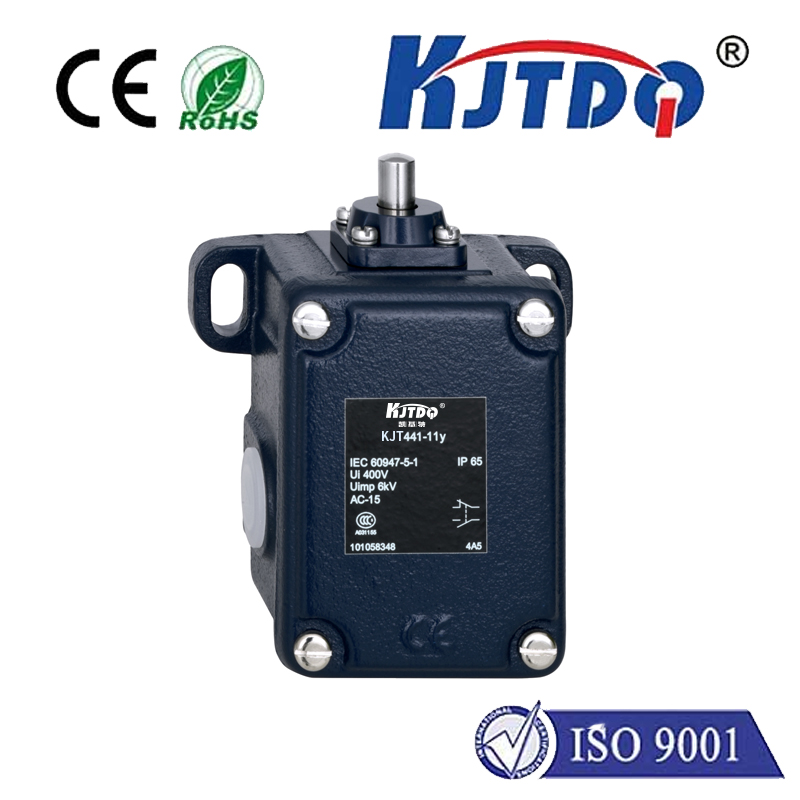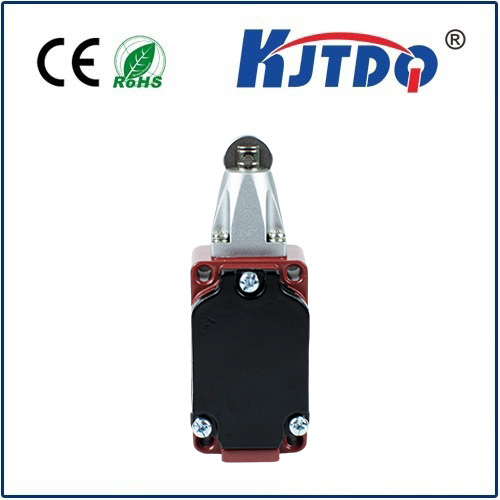stm32 temperature sensor
- time:2025-08-25 00:16:28
- Click:0
Building Precision Temperature Monitoring with STM32 Microcontrollers
(Word Count: Approx. 980)
Imagine this: it’s 3 AM, your critical server room hums quietly, and suddenly, a crucial piece of equipment overheats. Undetected. The consequences? Costly downtime, potential data loss, or damaged hardware. Reliable temperature sensing isn’t just a convenience; it’s often an essential safeguard for electronics, industrial processes, medical devices, and environmental monitoring. STMicroelectronics’ STM32 microcontrollers (MCUs), renowned for their power, flexibility, and vast ecosystem, provide an exceptional platform for building robust and precise temperature monitoring solutions. This article dives into how you can leverage STM32 capabilities to create efficient, reliable, and feature-rich temperature sensing applications.
The STM32 Advantage: More Than Just a Chip

Choosing an STM32 for your temperature sensor project unlocks significant advantages over simpler solutions:
- Integrated Peripherals: Most STM32 families boast built-in Analog-to-Digital Converters (ADCs), crucial for reading analog sensor outputs like thermistors or analog output ICs. They often include digital communication interfaces like I2C, SPI, and USART/UART, perfectly suited for modern digital temperature sensors (e.g., DS18B20, LM75, MCP9808). Integrated timers manage precise sensor polling intervals or PWM outputs for fan control.
- Processing Power: From ultra-low-power Cortex-M0+ cores to high-performance M7s, STM32s offer the muscle to handle not just raw sensor reading, but also complex tasks like real-time filtering, sensor fusion, calibration algorithms, display management, communication protocols (Wi-Fi, BLE, LoRa, Ethernet via add-ons), and sophisticated alerting logic.
- Rich Ecosystem & Development Tools: STM32CubeMX simplifies initial configuration (clock, peripherals, middleware), while STM32CubeIDE provides a powerful free development environment. Extensive Hardware Abstraction Layer (HAL) and Low-Layer (LL) libraries drastically reduce boilerplate code. A vast range of evaluation boards (Nucleo, Discovery) enables rapid prototyping.
- Scalability & Integration: Need to monitor multiple zones simultaneously? STM32s easily manage numerous sensors. Need to add humidity sensing later? The architecture readily accommodates it. This scalability is a key strength.
- Power Efficiency: Leveraging STM32’s multiple low-power modes (Sleep, Stop, Standby) allows battery-powered temperature loggers or remote sensors to achieve remarkably long operational life, waking only periodically for readings.
Selecting Your Temperature Sensor Partner
The sensor choice significantly impacts the system design. Here are common types interfaced with STM32:
- Digital Sensors (e.g., DS18B20, TMP102, STTS75):
- Interface: Primarily use 1-Wire (DS18B20) or I2C (TMP102, STTS75).
- Pros: Simple connection (often 2-3 wires), built-in signal conditioning, digital output (reduced noise susceptibility), often good accuracy (±0.5°C common).
- Cons: 1-Wire requires precise timing; I2C needs pull-up resistors; can be slightly higher cost than analog counterparts per sensor.
- STM32 Integration: Utilize the MCU’s GPIO (for 1-Wire bit-banging or dedicated controllers) or I2C peripheral with HAL libraries. The STM32 handles protocol timing and data decoding.
- Thermistors (NTC - Negative Temperature Coefficient):
- Interface: Analog voltage divider circuit connected to an STM32 ADC channel.
- Pros: Very low cost, high sensitivity (large resistance change per °C), simple analog circuit.
- Cons: Highly non-linear response requires complex math (Steinhart-Hart equation) in firmware, calibration often needed for precision, self-heating can cause drift.
- STM32 Integration: Configure the ADC for appropriate resolution (12-bit standard) and sampling time. Implement the Steinhart-Hart equation or lookup tables in firmware to convert ADC readings to °C. Ensure stable reference voltage (VREF+).
- RTDs (Resistance Temperature Detectors) & Thermocouples:
- Interface: Typically require signal conditioning modules (amplifiers, linearizers, cold-junction compensation for thermocouples) before connecting to the STM32 ADC.
- Pros: High accuracy and stability over wide ranges (especially RTDs like Pt100), suitable for extreme temperatures (thermocouples).
- Cons: Higher cost, more complex external circuitry needed, significant firmware overhead for linearization and compensation.
- STM32 Integration: Uses the ADC to read the conditioned voltage. Firmware implements complex compensation algorithms, often requiring floating-point math or specialized libraries.
Building Your Solution: Firmware Essentials
Developing efficient temperature sensing firmware involves several key steps:
- Hardware Abstraction (HAL/LL): Use ST’s libraries to initialize the ADC, I2C, SPI, GPIO, and timers. This abstracts low-level register manipulation.
// Example I2C Initialization snippet using HAL (Conceptual)
I2C_HandleTypeDef hi2c1;
hi2c1.Instance = I2C1;
hi2c1.Init.ClockSpeed = 100000; // 100 kHz
hi2c1.Init.DutyCycle = I2C_DUTYCYCLE_2;
... // Other parameters
if (HAL_I2C_Init(&hi2c1) != HAL_OK) { Error_Handler(); }
- Sensor Communication: Implement drivers to read raw data:
- Digital: Send commands (Read Temp, etc.) and read response bytes via I2C/SPI or bit-bang 1-Wire protocol.
- Analog: Trigger ADC conversions and read the converted value (e.g.,
HAL_ADC_Start(&hadc1); HAL_ADC_PollForConversion(...); raw_value = HAL_ADC_GetValue(&hadc1);).
- Data Conversion: Translate raw readings to Celsius/Fahrenheit:
- Digital: Often a simple scaling (e.g.,
DS18B20: temperature = raw_value * 0.0625).
- Thermistor: Apply the Steinhart-Hart equation using known resistor values in the divider circuit. Calibration points dramatically improve accuracy.
- RTD/Thermocouple: Implement complex polynomial approximations or lookup tables provided by sensor/signal conditioner datasheets.
- Filtering & Averaging: Apply **software filtering






